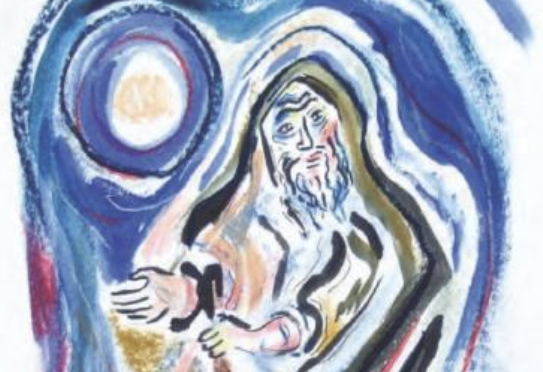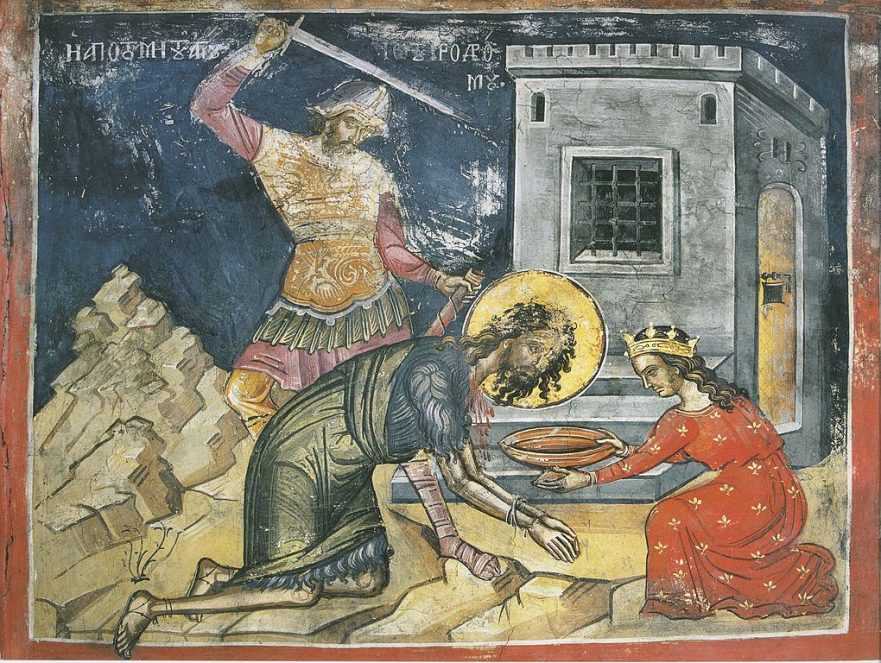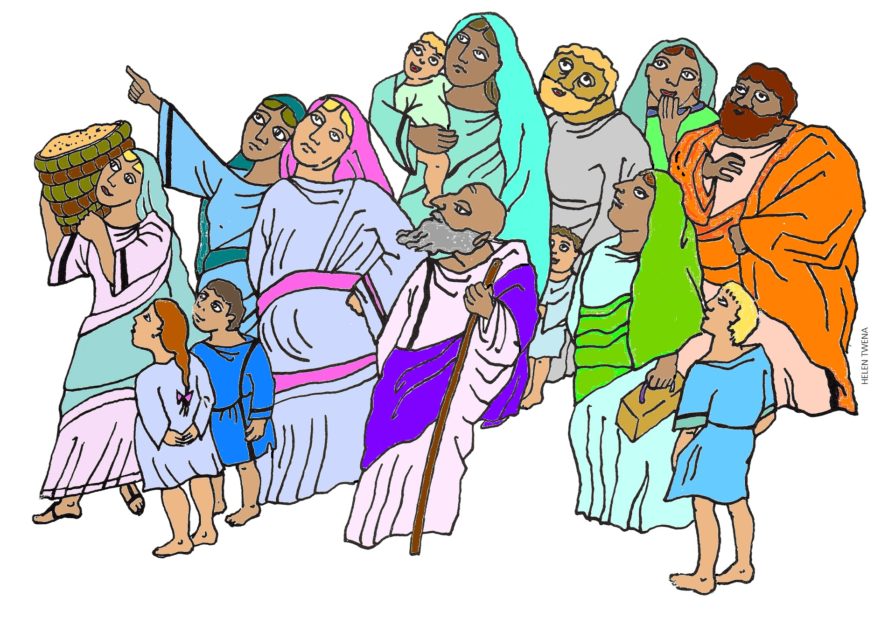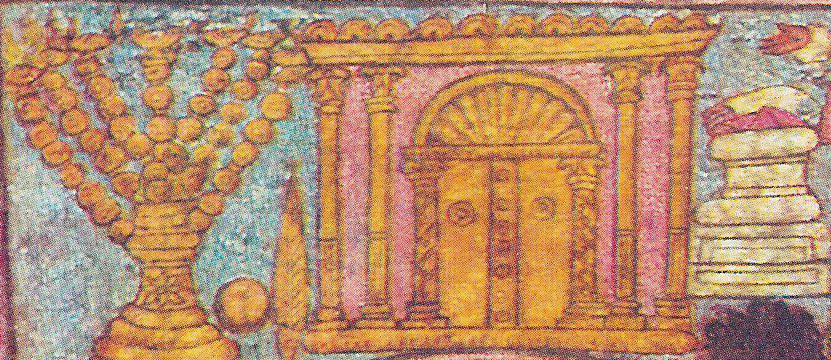Audio recordings of some of JP’s most valued, interesting and informative content.
Yeshua’s Immersion

The words of the heavenly voice that spoke at Jesus’ immersion foreshadowed the trajectory of Jesus’ career.
Further Corrections to Flusser’s Judaism of the Second Temple Period

Professor Flusser did not think that Paul wrote the Epistle to the Hebrews!
An Almost Unknown Hanina ben Dosa Story and Jesus: Exemplars of First-century Galilean Hasidic Judaism

This story shows Hanina ben Dosa, one of the most important religious figures in Jewish history, exemplifying some of Jesus’ most profound and radical teachings.
Yohanan the Immerser’s Execution

The story of John the Baptist’s martyrdom was rich with allusions to stories from the Hebrew Scriptures.
The Priority of Luke: An Exposition of Robert Lindsey’s Solution to the Synoptic Problem

The pioneering work of Robert L. Lindsey deserves more serious consideration from the scholarly community than it has heretofore received.
Study the Synoptic Problem

Jerusalem Perspective (JP) offers a great deal of content relating to the Synoptic Problem (the problem of figuring out how the Gospels of Matthew, Mark and Luke are related).
Yohanan the Immerser’s Eschatological Discourse

John the Baptist anticipated the coming of an Elijah-like priestly messiah who would purify the Temple on an eschatological Day of Atonement.



